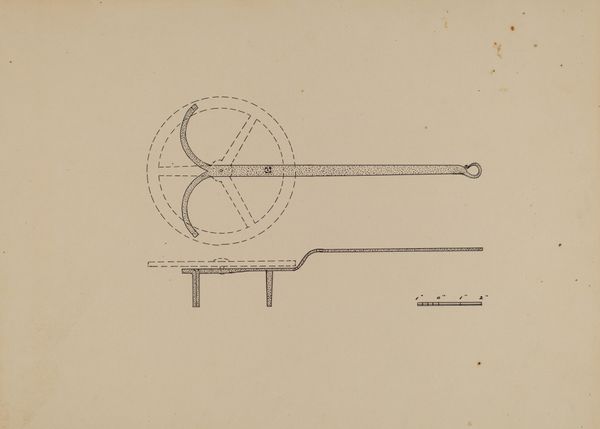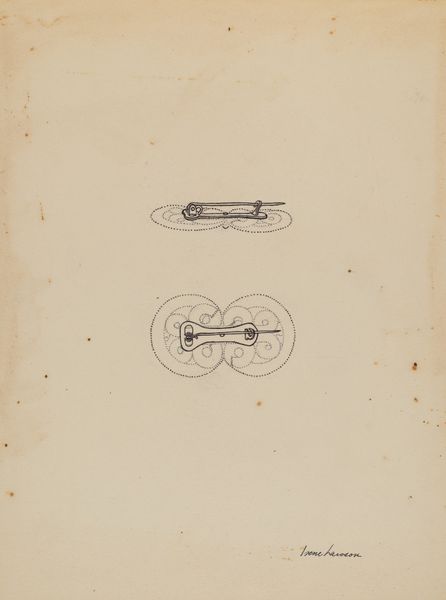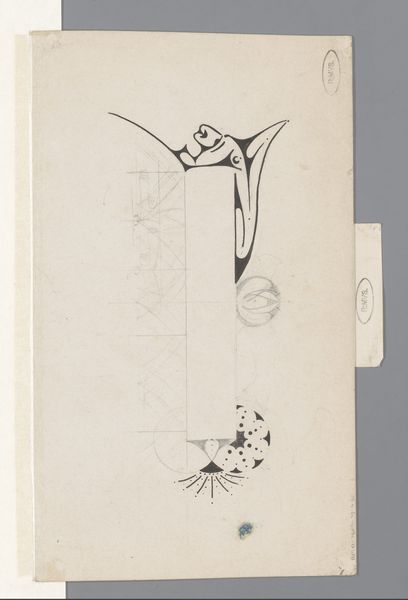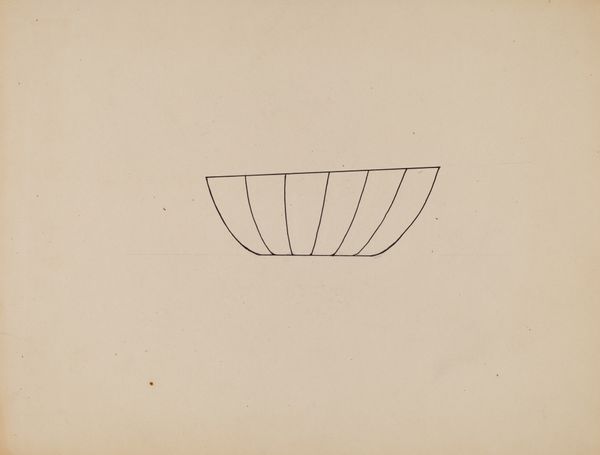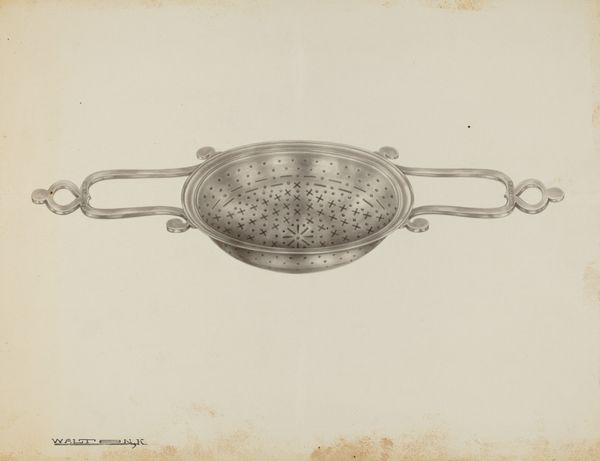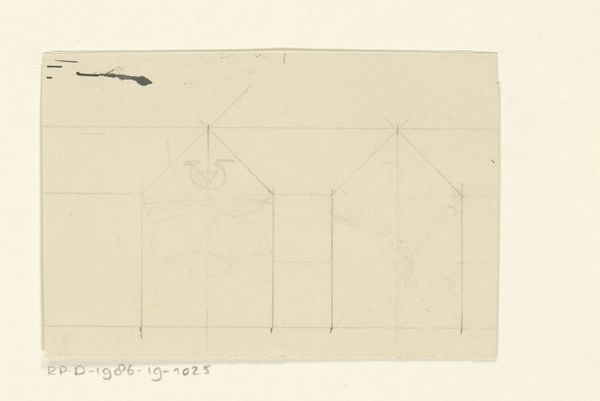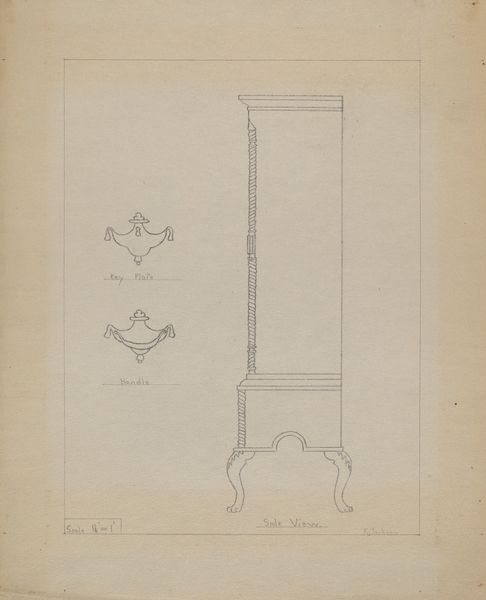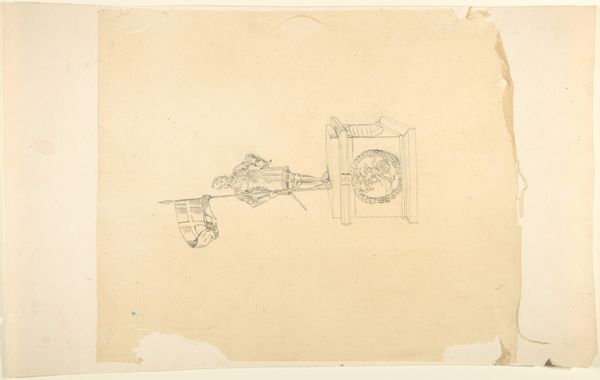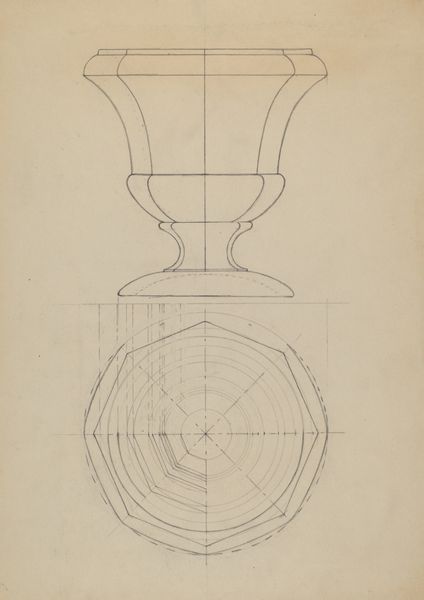
drawing
#
drawing
#
line
#
watercolor
Dimensions: overall: 22.8 x 29.5 cm (9 x 11 5/8 in.) Original IAD Object: 10 1/2" long
Copyright: National Gallery of Art: CC0 1.0
Editor: Here we have Kalamian Walton's "Silver Strainer" from around 1939, rendered in what appears to be watercolor. It strikes me as quite diagrammatic. It feels more like a blueprint than a finished artistic statement, and it makes me wonder about the artistry and value of the everyday objects around us. What do you see in it? Curator: This isn’t just a depiction; it’s a record of making. We see the tool as object, yes, but also potentially a process. Who created it? The choice of silver hints at a certain class context. Consider the labor involved. What does it mean to elevate a common kitchen utensil through artistic representation? Editor: That's interesting – focusing on labor. So, are you suggesting the value lies less in its aesthetic qualities and more in its representation of production and consumption? Curator: Precisely. The drawing becomes an inquiry into materiality itself. Look at the detail Walton includes. Think about the inherent contradiction – rendering an object of practical use, in a delicate medium like watercolor, seemingly divorcing it from its function. What does that disjunction signify? Editor: So, is the art less about the strainer, and more about society's relationship to it? I guess by extension we’re invited to consider our relationships to everything we use daily. Curator: Exactly. We’re confronting the complex web of production, material, labor, and artistic representation embedded in the simplest tool. It blurs boundaries, prompting us to rethink traditional notions of high art and craft. Editor: This piece seems deceptively simple at first glance. I hadn't really thought about all the labor, class, and production ideas until now. Curator: And that, perhaps, is Walton’s triumph – revealing the intricate within the ordinary.
Comments
No comments
Be the first to comment and join the conversation on the ultimate creative platform.
